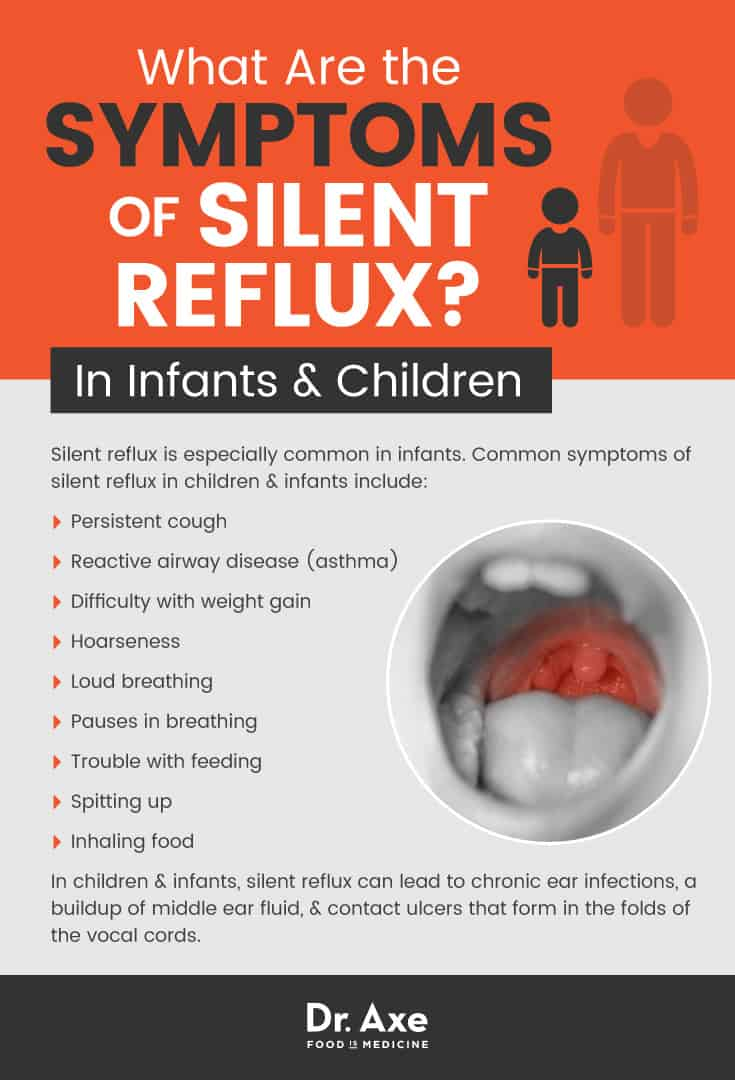What Is Silent Reflux Baby: Everything You Need to Know
Silent reflux in babies is a condition that often goes unnoticed by parents and caregivers, as it doesn’t always present with the typical symptoms of gastroesophageal reflux disease (GERD). Unlike regular reflux, where babies may spit up or vomit frequently, silent reflux involves the backflow of stomach contents into the esophagus without any visible signs. This can make it challenging to diagnose and treat, leading to discomfort and distress for the baby.
Knowledge
When a baby experiences silent reflux, the acidic stomach contents irritate the lining of the esophagus, causing discomfort and pain. While some babies may show signs of irritability, frequent crying, and difficulty feeding, others may be relatively calm and show no obvious symptoms. This can make it difficult for parents to recognize that their baby is suffering from silent reflux.
One of the key differences between silent reflux and GERD is that silent reflux doesn’t always result in visible spitting up or vomiting. Instead, babies with silent reflux may experience symptoms such as arching their back during or after feedings, frequent hiccups, coughing, choking, and difficulty swallowing. These subtle signs can be easily overlooked or mistaken for other issues, making it crucial for parents to be aware of the possibility of silent reflux in their baby.
Diagnosing silent reflux in babies often involves a thorough evaluation by a pediatrician or pediatric gastroenterologist. This may include a physical exam, a review of the baby’s symptoms and feeding habits, and in some cases, further tests such as an upper GI series or pH monitoring. Treatment for silent reflux typically involves lifestyle and feeding modifications, such as keeping the baby upright after feedings, avoiding overfeeding, and using thickened formula or breast milk to reduce reflux episodes.
It’s important for parents to work closely with healthcare providers to manage silent reflux in babies effectively. In some cases, medication may be prescribed to help reduce acid production in the stomach and alleviate symptoms. Monitoring the baby’s growth and development, as well as staying informed about potential complications of silent reflux, can help ensure that the baby receives the care and support needed to thrive.
Conclusion
In conclusion, silent reflux in babies is a challenging condition that can be difficult to detect and manage. By being aware of the signs and symptoms of silent reflux, parents can work with healthcare providers to provide the best possible care for their baby. While silent reflux can be distressing for both babies and parents, with the right treatment and support, most babies can overcome this condition and grow into healthy, thriving individuals.
Ultimately, the target audience for information on silent reflux in babies is parents, caregivers, and healthcare providers who may encounter this condition in infants. By understanding the nuances of silent reflux and its impact on babies, individuals can better recognize and address the needs of affected infants, promoting their health and well-being.
As awareness of silent reflux in babies continues to grow, it’s essential for parents and caregivers to stay informed and proactive in seeking help for their baby if they suspect silent reflux. By advocating for proper diagnosis and treatment, parents can help their baby find relief from the discomfort and distress associated with silent reflux, setting them on a path to optimal health and development.






